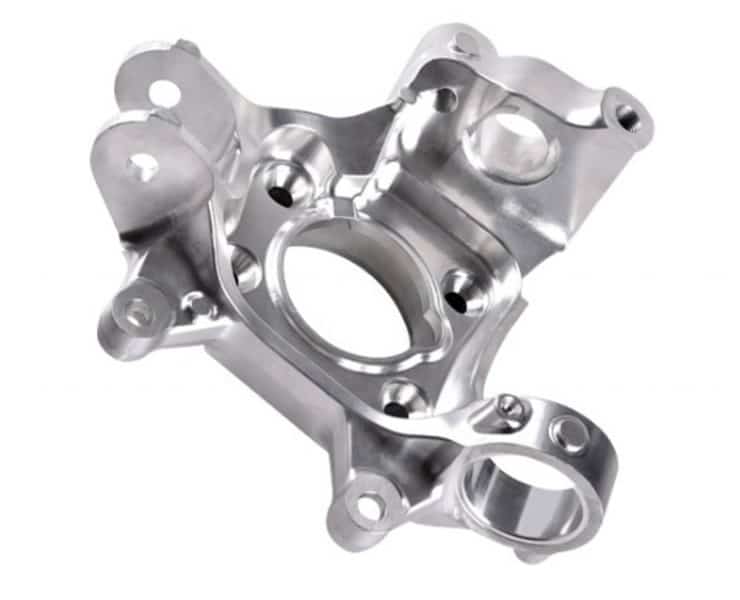
What is prototype injection molding?
Prototype injection molding, also known as rapid injection molding, is a process that incorporates rapid tooling (RT) method to produce injection-molded parts quicker than standard tooling times. This acceleration is achieved from using aluminium tools, eliminating certain complicated elements, or simplifying the tooling and manufacturing process. Due to the nature of the tool, it is also less expensive to make, which makes it suitable for rapid prototyping project budgets.
Why use prototype injection molding or rapid injection molding?
While prototype injection molding offers cost and time advantages over standard tooling methods when compared with other rapid prototyping techniques like 3D printing, CNC machining, or vacuum casting, it becomes more time-consuming and costly for production quantities below 100. Project budgets are generally tight and deadlines are even tighter, so why would you invest in prototyping via injection molding? Why not go straight from you 3D printed prototype to production tooling?
Why use prototype injection molding (over other rapid prototyping techniques)?
Prototype via injection molding is a crucial step for several reasons, even when project budgets and deadlines are tight. While 3D printing and other rapid prototyping techniques offers a quick and cost-effective method for creating prototypes, transitioning directly from 3D printing to production tooling without injection molding prototypes can lead to various challenges. Here are six key reasons why prototyping via injection molding is essential:
1. Allows testing of parts in the production-intent material
While processes like vacuum casting does a great job at simulating injection molding resin properties, it cannot compare to ‘true’ injection molding materials. SLA-printed prototypes may also be fine for many parts, especially if they are mainly cosmetic. However, with prototype injection molding, you can use the same materials that will be used in the final production process. This ensures that the prototype accurately represents the material properties, including strength, flexibility, and durability, this is especially critical for functional parts.
injection molding resin material plastic pellets
2. Enables validation of the production process
Injection molding is a specialized and complex manufacturing process. If you have not fully understood and tested these intricacies, you could open yourselves up to failure down the road. Parts manufactured via injection mold tooling can help you understand how the product will perform in the production process, validating the manufacturability of the design and identifying any issues related to tooling, parting lines, gate locations, and other aspects crucial for mass production.
3. Facilitates the testing of part builds
By using production-grade materials and manufacturing processes, these prototypes closely mimic the properties and performance of the final production parts. This enables engineers and designers to assess how the product functions in real-world conditions and identify design issues before committing to hard tooling.
4. Enables low volume production runs and market testing
As the parts are essentially the same as production components, you can use them in early builds for market testing or even introduce them to the market place and start selling. Just because it is called ‘prototype injection molding’ doesn’t mean that it can only be used for prototyping purposes. It is also a viable and competitive option for low-volume production of 100 and over.
rapid tooling or prototype injection mould tooling for lower quantities
5. Allows satisfaction of initial demand while production tooling is being made
Production tooling can take many months to have built. Even then it takes time to ship to the injection mold and get up and running. Instead of waiting and losing that valuable time you could use the prototype tooling to supply parts for initial demand. And it is a good backup should your production tool be out of action for whatever reason.
6. Helps save on time and costs
While prototyping via injection molding may seem like an additional step, it often leads to time and cost savings in the long run. If anything is wrong, you can fix it before investing time and money into full-scale production tooling. ‘Fail early’ is a mantra of many production design development teams, and prototype injection molding allows you to do this in a relatively risk-free and inexpensive manner.
XTJ is a leading OEM Manufacturer that is dedicated to providing one-stop manufacturing solutions from prototype to production. We are proud to be an ISO 9001 certified system quality management company and we are determined to create value in every customer relationship. We do that through collaboration, innovation, process improvements, and exceptional workmanship.

